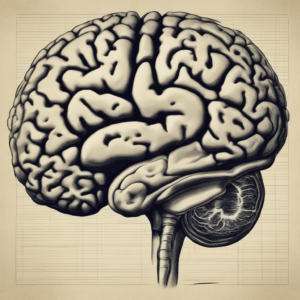How Long Do Migraines Last and What You Can Do About Them
Introduction:
Embarking on a journey through the enigmatic world of migraines, we’re here to unveil the comprehensive timeline, causes, treatments, and prevention strategies that come together to form a holistic understanding of these intense episodes. Imagine a migraine attack as a symphony with distinct movements, each contributing to its complex melody. In this in-depth article, we’ll explore the multi-faceted nature of migraine duration, helping you gain insights into the phases, triggers, and remedies that define this experience.
Exploring the Phases:
Migraine attacks, notorious for their unpredictable nature, exhibit a broad duration range: from 4 to 72 hours. Our journey commences with an exploration of the four crucial phases that constitute a migraine attack:
- Premonitory Phase:
This phase serves as an early warning system. Providing subtle cues before the storm Fatigue, mood shifts, and cravings may seemingly arise from nowhere. Acting as precursors that last from 1 to 24 hours. - Aura Phase: Not everyone experiences this. But for those who do, it’s like a prelude to the main event. Visual disturbances, tingling sensations, and even momentary paralysis can be part of this phase, lasting anywhere from 5 minutes to an hour.
- Headache Phase:
The crescendo of the migraine symphony arrives in the form of a throbbing headache, often accompanied by nausea, sensitivity to light and sound, and blurred vision. This phase, varying in intensity, can span from a few hours to several days. - Recovery Phase:
As the storm subsides, the recovery phase emerges, akin to the aftermath of a tempest. Fatigue, mood swings, and confusion create a “migraine hangover,” lingering for a day or two as the body regains equilibrium.
Navigating Treatment and Prevention:
Transitioning from the phases, we delve into the arsenal of treatments and prevention tactics available to combat migraines:
- Medicinal Approaches: The battle against migraines involves both over-the-counter and prescription medications. From ibuprofen to triptans, these remedies aim to alleviate symptoms and restore normalcy.
- The Power of Home Remedies: Don’t underestimate the potency of non-medicinal strategies. Hydration, pressure point techniques, essential oils, and even controlled caffeine consumption emerge as effective tools for managing migraines.
- Identifying Triggers: Unraveling the mysteries of migraine triggers becomes a crucial step in prevention. Stress, hormonal changes, certain foods, and even weather fluctuations can play a role in instigating an attack.
Taking Charge of Your Health:
In our quest for understanding, we address the importance of seeking medical guidance under specific circumstances. Experiencing migraines after the age of 40, enduring attacks lasting beyond 72 hours, or encountering symptoms post-head injury.
Conclusion:
As we conclude our expedition into the world of migraines, armed with newfound knowledge about phases, treatments, and preventive measures, you’re better equipped to navigate these episodes. Think of this article as your compass, guiding you through the intricate terrain of migraine experiences. With these insights, you can confront migraines head-on, transforming a seemingly endless ordeal into a challenge you’re prepared to face with resilience and understanding.





